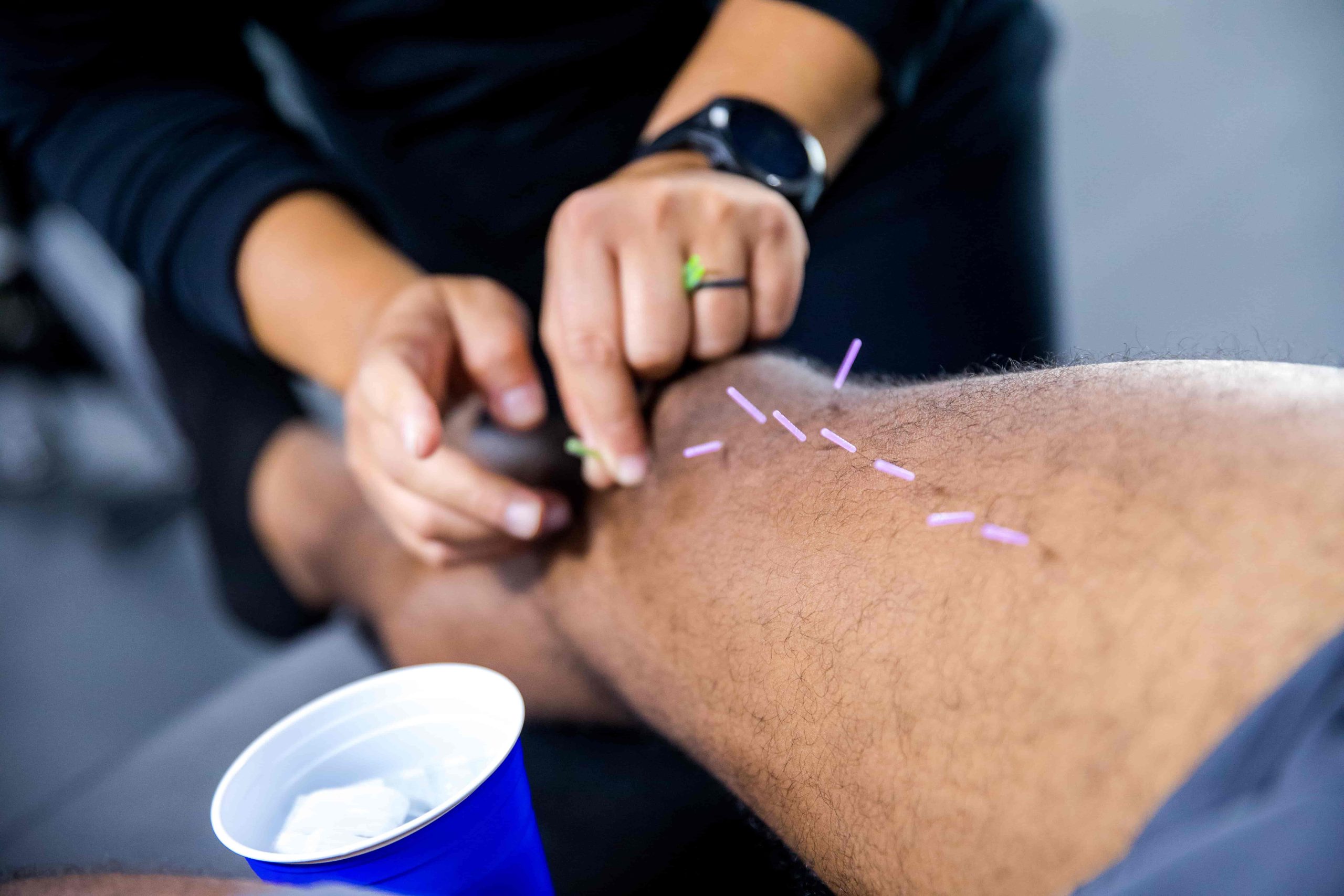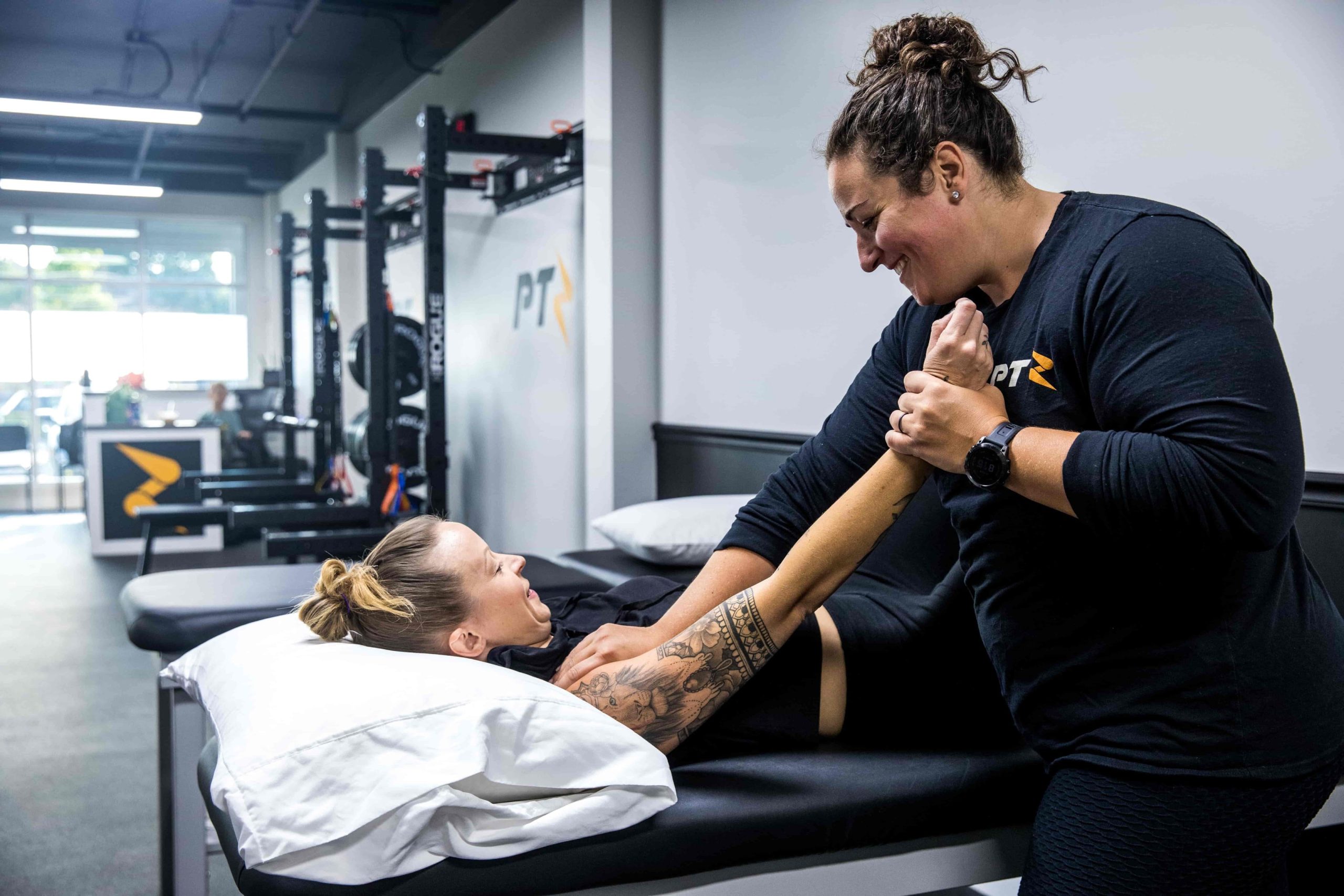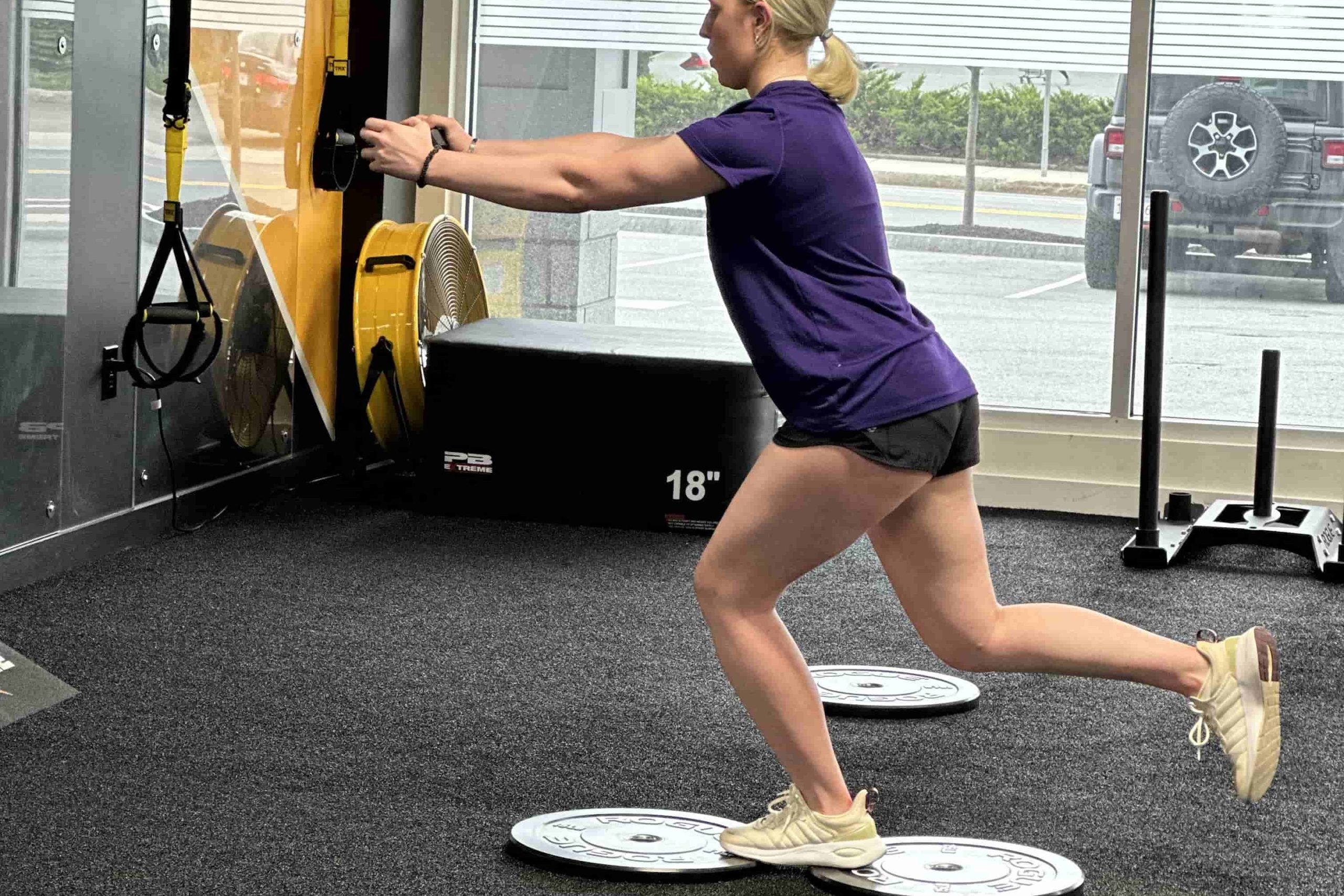If you’re experiencing numbness, tingling, or weakness in your hand and wrist, you’re not alone—Carpal Tunnel Syndrome can make everyday tasks feel challenging. At The PT Zone, we offer targeted therapies to ease pain, restore proper wrist function, and get you back to your normal routine.
- Relieve pressure on the median nerve to reduce numbness and tingling
- Improve wrist and finger mobility for better overall hand function
- Strengthen surrounding muscles to support the carpal tunnel
- Enhance ergonomic habits to prevent future flare-ups

Let us help you move freely and
comfortably again
Carpal Tunnel Syndrome occurs when the median nerve is compressed as it travels through the carpal tunnel in your wrist. This often leads to pain, tingling, and reduced grip strength, making tasks like typing, texting, or even holding a cup of coffee feel uncomfortable. At The PT Zone, we understand that your hands are essential for daily life, so we take a comprehensive approach to relieve symptoms and address the underlying causes.
Our team assesses factors such as wrist mobility, hand strength, and ergonomic habits that may be contributing to nerve compression. We then design a targeted plan incorporating exercises, stretches, and manual techniques that help improve circulation, decrease inflammation, and alleviate pressure on the median nerve. By refining how you move and strengthening key muscles, we aim to restore comfort and functionality, whether you’re at work, at home, or on the go.
We’ll begin with a thorough evaluation to understand your specific symptoms, everyday demands, and any repetitive motions aggravating your wrist. From there, we may incorporate specialized modalities like dry needling, cupping, or manual mobilizations to release tension and increase flexibility in the carpal tunnel region. Additionally, we focus on educating you about proper positioning for your wrists and hands, helping prevent future flare-ups.
Throughout your recovery process, we’ll monitor your progress and fine-tune your plan, ensuring that every step brings you closer to pain-free movement. Our goal is to empower you with the knowledge and tools necessary to maintain healthy, functional wrists long after therapy concludes.
Our Therapies for Carpal Tunnel Syndrome Recovery:
We combine hands-on therapy, guided strengthening, and ergonomic coaching to relieve median nerve compression. Our goal is to help you reclaim your comfort and dexterity, whether you’re tackling tasks in the office, at home, or on the move.
-
Dry Needling

Experience quicker recovery and long-lasting pain relief with Dry Needling in Nahant, MA. Our targeted approach eases muscle tension, boosts healing, and restores comfortable, natural movement for daily life.
-
Cupping Nahant

Experience time-honored cupping therapy in Nahant, MA to relieve tight muscles, boost circulation, and fast-track your body’s healing process. Gentle suction eases soreness, reduces stress, and helps you stay active, flexible, and ready for whatever comes next.
-
Certified Manual Therapy Nahant

Certified Manual Therapy in Nahant, MA uses focused, hands-on techniques—like joint mobilization and soft tissue work—to address pain and stiffness at its core. By pinpointing areas of tension and misalignment, therapists help promote smoother, more comfortable movement. Many individuals find that this personalized approach greatly enhances their daily mobility and quality of life.
-
Balance Training Nahant

Strengthen your core and refine foot control so you can navigate each step in Nahant with greater ease. By challenging your balance through specialized drills, you’ll reduce the risk of falls and sharpen your body’s natural reactions. Whether recovering from a leg injury or simply looking to move more confidently, these exercises provide a versatile…

At The PT Zone, we’re committed to helping you find relief and restore full wrist function.
Our comprehensive approach tackles the immediate pain and discomfort of Carpal Tunnel Syndrome while also addressing factors such as wrist alignment, posture, and muscle balance that affect long-term outcomes. Let us guide you through your recovery journey, ensuring you regain the freedom to work, play, and live with confidence in your hand and wrist strength.
Common Questions from Carpal Tunnel Syndrome Clients
1. How long does it take to recover from Carpal Tunnel Syndrome?
Recovery time can vary based on the severity of nerve compression, your daily activities, and how consistently you follow your rehabilitation program. Many clients notice improvements in a few weeks of focused therapy and ergonomic changes, though full resolution of symptoms might take several months. Consistent effort in exercises, posture adjustments, and rest can expedite healing.
2. What causes Carpal Tunnel Syndrome?
Carpal Tunnel Syndrome typically arises from excess pressure on the median nerve, often due to repetitive wrist motions, prolonged wrist flexion or extension, or conditions like arthritis or diabetes. Poor ergonomics at a desk job and repetitive tasks like typing or assembly work can exacerbate symptoms. Understanding the root cause helps guide effective treatment and prevention strategies.
3. Can physical therapy completely resolve Carpal Tunnel Syndrome?
In many cases, yes. A well-rounded physical therapy approach—combining gentle mobilizations, nerve gliding exercises, and strengthening for the hand, wrist, and forearm—can significantly alleviate or eliminate symptoms. Success depends on factors like the duration of your symptoms, adherence to therapy, and implementing ergonomic adjustments. More advanced cases may require additional interventions, such as bracing or, in rare instances, surgery.
4. Can I avoid surgery with physical therapy?
Many individuals can successfully manage or resolve Carpal Tunnel Syndrome symptoms without surgery by combining physical therapy, ergonomic modifications, and sometimes wearing a wrist splint, especially at night. While surgical intervention may be necessary in severe or long-standing cases, early and consistent physical therapy can often prevent or postpone the need for an operation.
5. What should I expect during a typical therapy session?
Each session may include manual techniques to release tight tissues around your wrist and forearm, exercises to strengthen and stabilize the area, and education on how to maintain proper wrist positioning. We’ll also monitor your progress with nerve tension tests and grip measurements to ensure you’re improving. Depending on your needs, modalities like heat, ice, or electrical stimulation may be used to manage pain or swelling.
6. Will physical therapy be painful?
You might experience mild discomfort, especially if the nerve or surrounding tissues are very sensitive. However, we focus on gradual progress and will adjust exercises or techniques to keep you in a manageable range of discomfort. Most people find that as therapy continues, their pain decreases and their ability to perform daily tasks improves.
7. How soon will I see results from therapy?
Some clients notice an immediate improvement in wrist comfort and mobility within the first few sessions, though long-standing or severe cases may take longer. Consistency in following your therapist’s recommendations—such as performing home exercises and making ergonomic adjustments—greatly influences the speed and extent of recovery. Over time, most individuals find they can return to work, hobbies, and daily routines with significantly reduced or no symptoms.















